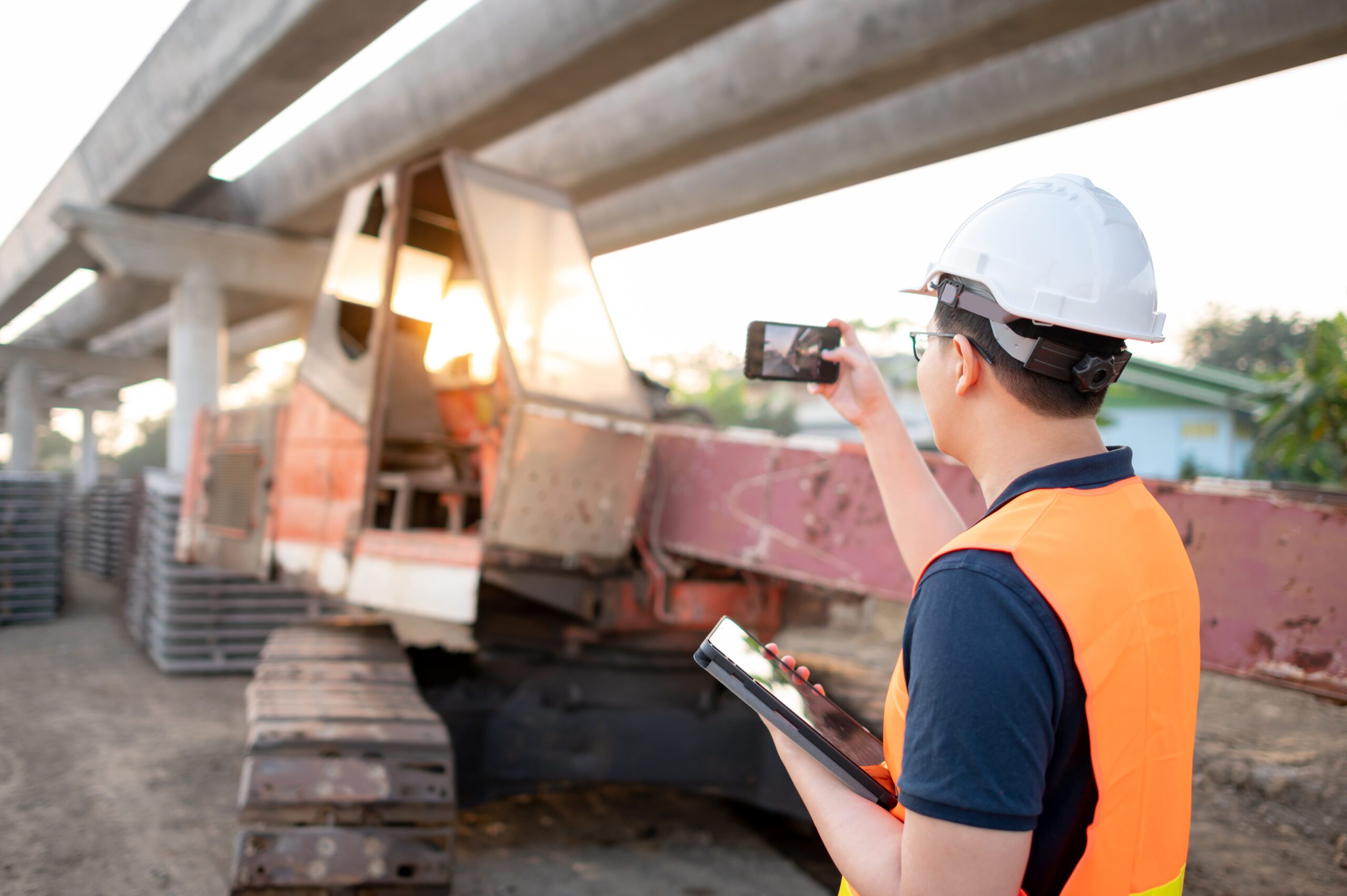In 2019, a pre-pandemic article by McKinsey called the Coming evolution of field operations, outlined four essential trends that would shape the industry in the coming years. AI and machine learning algorithms, augmented reality, integrated workflow tools, and an on-demand, Uber-like workforce were cited as major themes impacting workforce development and management in the coming years. The article described a futuristic vision, where all of these trends were incorporated, and field technicians had pre-emptive analytics information at their fingertips and access to remote expertise to solve more complex problems.
While some companies were early adopters of these technologies, it was the pandemic that would trigger an acceleration, especially in self and remote services, for most organizations. The pandemic, among many things, was a huge wake-up call to the inefficiencies of existing field service work but also the opportunities that new technologies would enable.
Now over two years out from the onset of Covid-19, customer expectations have changed too. According to recent ServiceMax research, The Impact of Asset Data Flow Beyond the Silo of Field Service Operations, field service organizations have seen a significant change in how customers want to be serviced.
Customers need faster response times
We asked 230 service leaders what the most significant ways in which customer expectations are changing. The most widely cited response was faster response times (67%). This was closely followed by increased remote service options (58%) and a better understanding of asset performance and asset condition (42%). Interestingly, these three responses are also three essential components within a servitized model, where there is a shift from focusing on strict SLA adherence to focusing on guaranteed uptime.
So, how have field service organizations responded? We asked organizations to define the most significant change for them within the last eighteen months. Overwhelmingly, adding remote services to their portfolio was the most widely cited of any response. Almost two-thirds of respondents (64%) stated that they now offer some form of remote service to customers.
Remote service as the catalyst for change
As the adoption of remote service delivery is aligned mainly to the implementation of technology, it naturally leads to a significant shift in service design thinking. The skill sets required of technicians and engineers will be significantly different than the traditional on-site approach to service work.
This raises the issue of skills once more, in an industry where the workforce is aging, and the tools and terms of service are modernizing rapidly. The research revealed several other workforce concerns including more flexible shift patterns within the field service division, increased usage of third-party works, and a change in the profile of field service technicians/engineers, that are leading to ongoing demands for a redesign of service delivery. Times are changing and the skills, working environments, and patterns need to change with it.
Remote service could be the catalyst here. We found that two-thirds (67%) of field service companies felt a more significant customer push to introduce remote service into their service portfolio. In comparison, 20% of respondents had seen a similar increase in customer demand for self-service solutions, once the golden child of modern service design. Perhaps the ideal scenario is one where service organizations are prepared to deliver service effectively in multiple formats – onsite (field service), on-call (remote), self, online (IoT), and depot. A comprehensive service model should account for all these modalities based on product complexity and customer needs.
Customer demands will continue rising
However, one abundantly clear finding is that customers are demanding more. Despite the pandemic and the ongoing challenges that many field service organizations have faced over the past two years, customer expectations in terms of service standards have rocketed. According to the survey, 80% of respondents claimed that their customers expect more today in service standards than they did eighteen months ago.
Meeting those expectations is the biggest challenge that any service organization will face today. The industry has already been adapting, with data-driven tools and analysis to increase machine and device intelligence. IoT has been an increasingly essential service weapon but how organizations use that intelligence is key. There is clearly an urgent need to evolve service design and delivery. Data has to be the enabler. Customers are expecting nothing less.


Share this: